Is coworking failing working parents? How can flexible workspaces adapt to support family life?
‘Do working parents want to take their children to work with them?’ The answers to that question are varied and depend on a million factors; but ‘do working parents want to have the option of being able to take their children to work with them?’ The answer then is undoubtedly one: yes!

Working parents have to cope with an expensive and inflexible childcare system. Sadly, a lot of them would have to decide between choosing their family or career. Working long hours, long commutes and overtime are some of the factors that make parents consider changing jobs or career changes. Are we ready to lose that talent? And most importantly, what are we doing in the coworking industry, to avoid missing out that potential? Is coworking not supporting working parents? Think not.
There has been an increase of coworking spaces created for working parents emerging around the globe. Some lucky parents can now have their children besides them while they work - or at a reasonable distance! They don’t have to leave work early to rush and collect their kids from nursery, they don’t need to wake up much earlier or arrange a plan b if a meeting overruns, they can save up on childcare costs and what is most important, they won’t have to choose between spending time with their kids or getting on with their careers!. Below are some refreshing child-friendly coworking spaces catered to working parents!
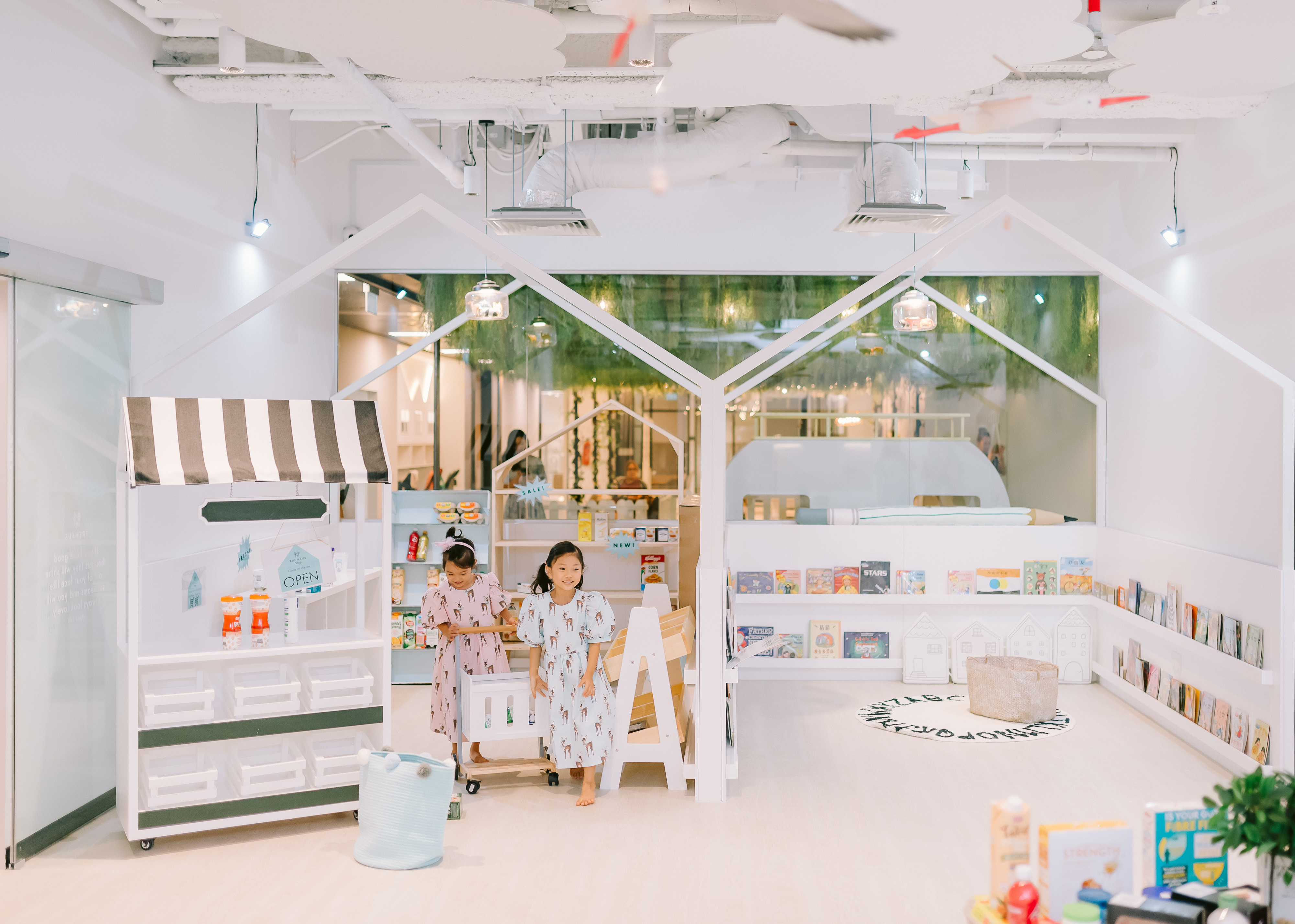
TREHAUS, Singapore
TREHAUS is a Silicon Valley-inspired preschool, childcare and coworking space, based in Singapore. TREHAUS comes with common areas where working mothers can have their kids beside them, and child-free areas where the adults can hold their meetings when members need some space to themselves. Parents also have the option to drop their kids off for playtime under the supervision of caretakers on-premises.
TREHAUS is also an Early Childhood Development Agency (ECDA) accredited institution, which means local parents who enrol their children for full-day childcare are eligible to receive up to 300 dollars in monthly fee subsidies. Their teaching methods in the preschool revolves around the company's proprietary Littles' Programme Curriculum, which provides both academic learnings and aims to develop skills like creativity, adaptability, teamwork, empathy and grit. TREHAUS also caters a wide variety of aspects of early education through their following sub-programmes: Developing Healthy Habits and Nutrition, Practical Life Skills, Cultural Appreciation, Environmental Consciousness, Logical Reasoning, Design Thinking, and Basics of Coding and many more.
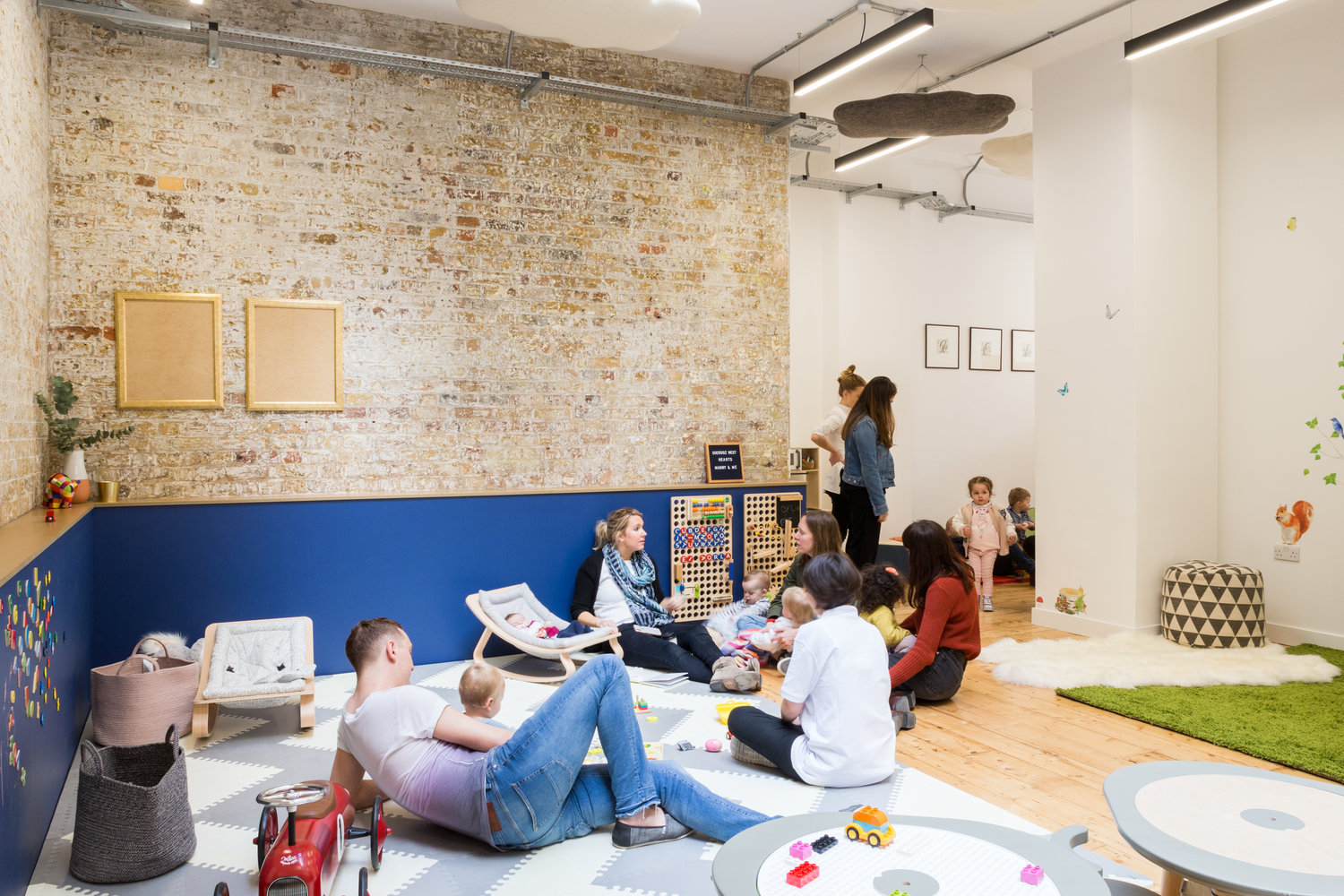
Cuckooz Nest, London
Cuckooz Nest is a hybrid workspace, with the perfect combination of workspace and childcare. They offer more flexible hours and host fewer children than traditional nurseries. However, they provide a community of like-minded coworkers, a place free from home distractions while helping to assuage the guilt a new parent can feel when putting their child into daycare. They present an environment for a seamless transition, between work and life empowering parents to pursue big careers without compromising parenthood.
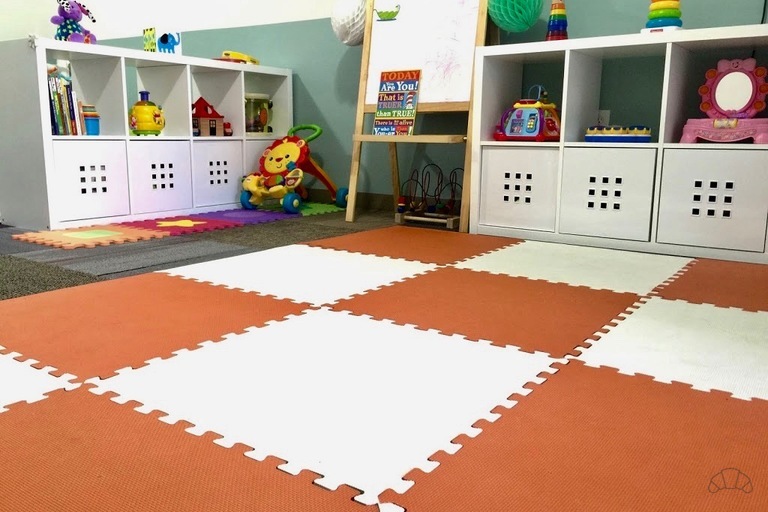
Collab&Play, Los Angeles
Collab&Play exists to help new parents navigate career development and parenting in more harmony, minimising the separation anxiety that often comes during the first years of a child's life. Collab&Play started as a coworking and collaboration space that offers on-site childcare. They are focused on providing an innovative way for parents to work and connect, while children play. They believe that to make a work environment genuinely inclusive; childcare needs to be part of the conversation.
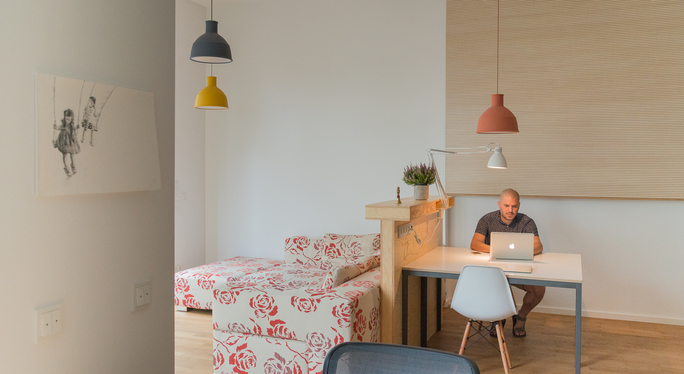
Easy Busy, Berlin
Easy Busy coworking space is designed for flexibility, allowing parents to work at their own pace for work-life balance. They understand the challenge of balancing work and family responsibilities by including on-site childcare services. The facilities are designed to allow children to play, grow and socialise in a safe environment. The light and airy rooms are separate from the working area, where children can play knowing that their parents are just two doors away. There is also a small outdoor playground for added fun when the weather permits.
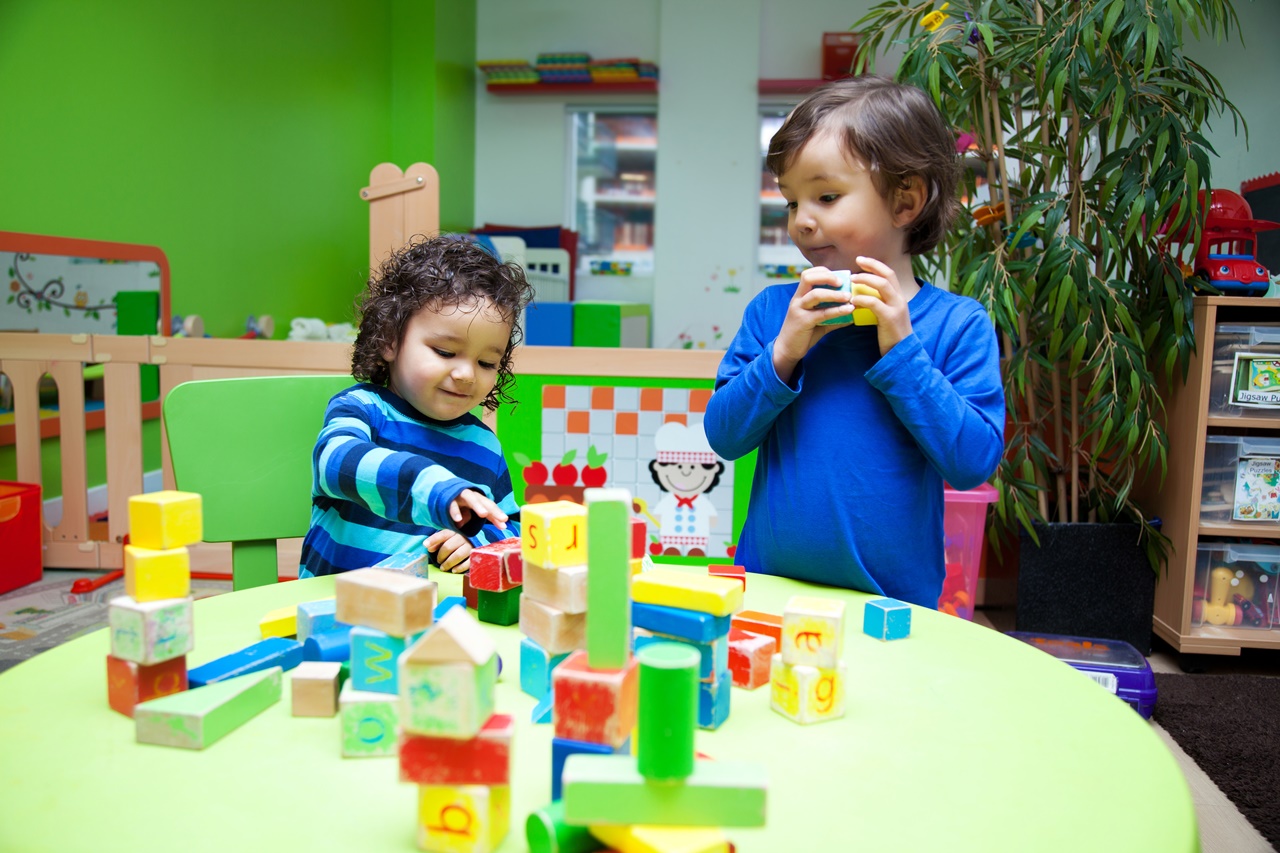
Third Door, London
Third Door is a collaborative community where members can excel in their careers and be around for their children. Parents can focus on their work, while confident that their children are cared for in a warm and stimulating environment. Third Door gives access to a new way of working, bringing together work and family, and providing a space for parents to grow. Parents can use the Work hub or Nursery on their own, or both together.
The growing understanding of coworking needs, combined with our innovative approach means that we can keep this coworking SaaS up-to-date with new features and improve the user experience. If you would like to read more of our helpful tips, subscribe to our free newsletter below. Thank you for reading.
Related stories
Global Coworking Trends and Opportunities for 2025
Now well into 2025, the coworking industry continues to demonstrate strong momentum. With demand for coworking spaces remaining steady around the globe, it's clear that coworking is not just enduring—it's thriving. Let’s explore the major trends and opportunities shaping the global coworking landscape this year.
Creating Events that Drive Community Engagement in Coworking Spaces
Community is everything in coworking, but a genuine sense of connection between members doesn’t magically happen overnight or by chance. Often, meaningful relationships take intentionality, effort, and time to build, with events being an effective vehicle for bringing people together around shared interests, goals, and experiences, creating opportunities for collaboration, and a thriving coworking culture. This article looks at creating events that drive community engagement in coworking spaces.
Liz Elam: ‘Community is the number one amenity in coworking spaces’
A household name in the global coworking industry, Liz Elam, is the founder of one of the world’s best coworking event series: GCUC. Liz’s coworking roots began in 2010, when she established Link Coworking – a welcoming, affordable, and professional coworking space – in her hometown of Austin, Texas. Link Coworking achieved incredible success, expanding across three locations and becoming the fourth-largest coworking brand in Austin. It was sold in 2019, making Liz the first woman globally to exit a coworking brand.
Key Takeaways from the Coworking Alliance Summit 2025
Gathering online for the Coworking Alliance Summit last week, members of global coworking alliances, coworking spaces, and community leaders came together to navigate global issues, strengthen ties across the coworking industry, and work collectively towards future goals.
5 Ways to Reduce Noise in Open Offices & Coworking Spaces
Some people like working against a background of noise, while for others it’s their worst work nightmare. The truth is, our relationship with noise depends on our own preferences and the nature of our work.
Key takeaways from the Workspace Design Show 2025
London’s Workspace Design Show is undoubtedly one of the best coworking events of 2025. For one, the exhibition (held at Islington’s Business Design Centre) features a host of innovative and creative workspace design solutions tailored to the needs of modern workplaces.
What Is Workplace Management and Why Does It Matter?
There has always been a need for workplace management – the process of organising and optimising physical spaces, resources, and operations to support people’s needs. But, as 28% of UK working adults were reported to work in a hybrid capacity last autumn (by the Office for National Statistics), the question of ‘why workplace management matters’ is more critical than ever. Let’s look at the workplace management benefits for your operations.
10 Smart Goals for your Coworking Space: How to Set & Achieve Business Objectives
Coworking is synonymous with creativity, collaboration and productivity. Businesses and freelancers love coworking spaces because (by surrounding themselves with fellow workers) they’re more likely to achieve their goals. The coworking environment, while social, is set up to facilitate focused, distraction-free working.
The Best Coworking Events in 2025: Must-Attend Gatherings for Professionals
Managing coworking spaces is an all-encompassing role, often leaving operators, owners, and community managers with little time to focus on personal growth or draw inspiration from others.
10 Award-winning Coworking Space Designs: A Comprehensive Guide
Vibrant, contemporary workspaces create an undeniable ‘wow’ factor. Textured designs and ambient lighting make spaces feel warm and cosy, while natural elements and biophilic design features have literal mood-boosting properties.

